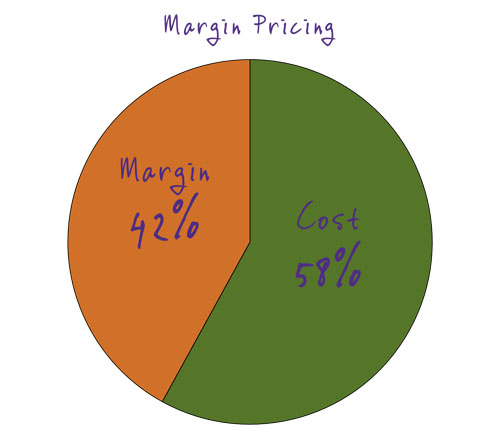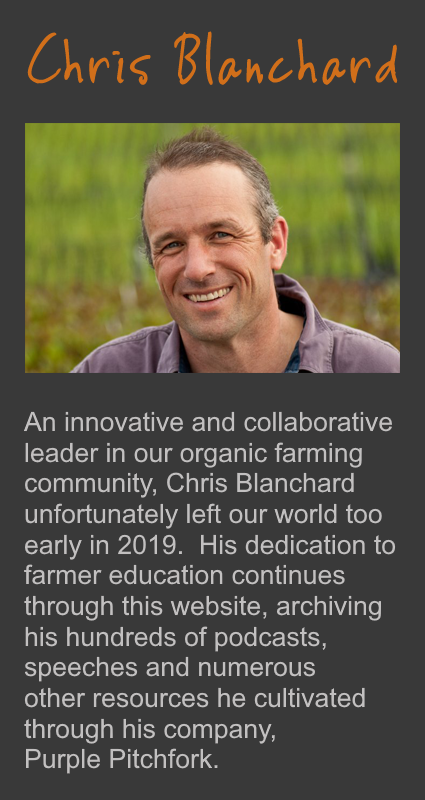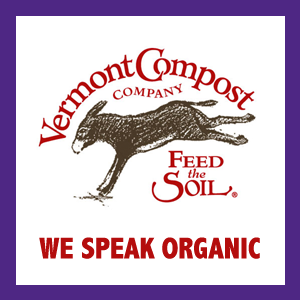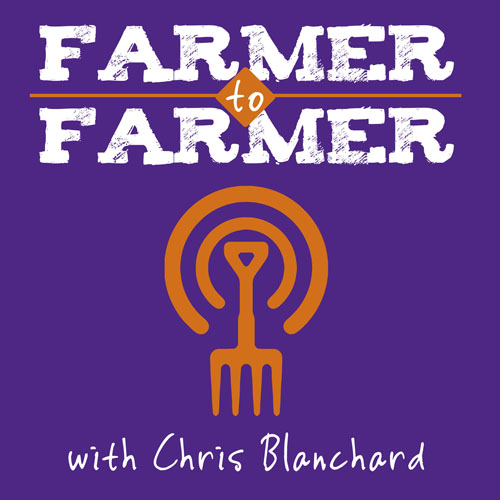When you sell your goods, remember that you aren’t your customer.
Your customer has different values and different perspectives than you do.
You may look at an heirloom tomato and think, “I wouldn’t pay $4.00 a pound for that!” But you can grow it, and they can’t. And they’re watching Bobby Flay tell them how great it is. (Actually, if you’re a farmer, the fact that they have time to watch cooking shows probably tells you that you are not your customer.)
Don’t set your prices based on what you would pay.
Your customer has different values and different perspectives than you do.
You may look at an heirloom tomato and think, “I wouldn’t pay $4.00 a pound for that!” But you can grow it, and they can’t. And they’re watching Bobby Flay tell them how great it is. (Actually, if you’re a farmer, the fact that they have time to watch cooking shows probably tells you that you are not your customer.)
Don’t set your prices based on what you would pay.





 RSS Feed
RSS Feed
